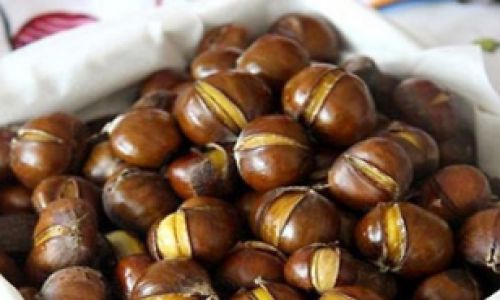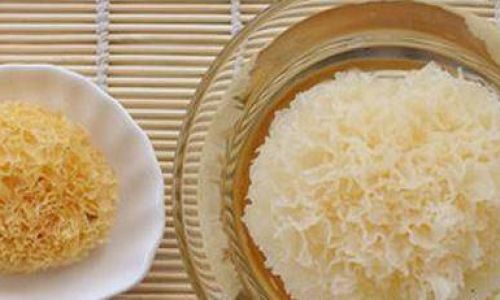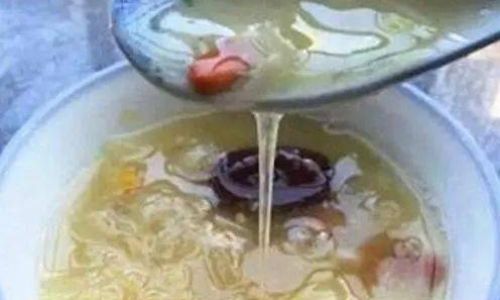Introduction
Hazelnuts, also known as filberts, are a type of nut renowned for their rich, buttery flavor and nutritional benefits. They are a staple in baking, confectionery, and various culinary dishes worldwide. Fresh hazelnut kernels are particularly prized for their superior taste and texture, but preserving their freshness can be challenging due to their high oil content, which makes them susceptible to rancidity. This comprehensive guide aims to provide practical advice on how to store fresh hazelnut kernels effectively, ensuring they retain their optimal quality, flavor, and nutritional value for as long as possible.

Understanding Fresh Hazelnut Kernels
Before diving into preservation techniques, it’s crucial to understand the characteristics of fresh hazelnut kernels. Hazelnuts are enclosed in a hard, outer shell, known as the husk, which protects the kernel from environmental factors. Once the husk is removed, the kernel is exposed, revealing its delicate, oily interior. This oil content is what gives hazelnuts their distinctive taste and texture but also makes them prone to spoilage.
Fresh hazelnut kernels should be firm, have a uniform color (typically light to medium brown), and a nutty aroma. They should be free from mold, discoloration, and any signs of insect infestation. Proper handling and storage are essential to maintain these qualities.
Initial Preparation: Cleaning and Drying
The first step in preserving fresh hazelnut kernels is to ensure they are properly cleaned and dried. Freshly harvested hazelnuts often come with residual dirt, debris, and sometimes the inner skin (testa) attached. Here’s how to prepare them:
-
Rinsing: Gently rinse the hazelnuts under cold running water to remove surface dirt. Avoid soaking them, as this can cause the kernels to absorb water and become softer, which can lead to faster spoilage.
-
Drying: After rinsing, pat the hazelnuts dry using a clean kitchen towel or air-dry them on a paper towel-lined tray. Ensuring they are thoroughly dry is crucial because moisture can promote mold growth.
-
Removing the Testa (Optional): If you prefer kernels without the bitter-tasting inner skin, you can blanch them by immersing them in boiling water for a minute, then transferring them to ice water. The skin should then rub off easily. However, note that removing the testa may slightly alter the texture and flavor of the kernels.
Storage Options: Refrigeration
Refrigeration is one of the most effective methods for preserving fresh hazelnut kernels. The cold temperatures slow down the oxidation process, thereby extending their shelf life.
-
Airtight Containers: Store the cleaned and dried hazelnuts in airtight containers, such as glass jars or plastic containers with tight-fitting lids. Avoid using containers that are not airtight, as this can allow oxygen to enter, accelerating rancidity.
-
Labeling: Always label the container with the date of storage to keep track of how long the hazelnuts have been kept. Fresh hazelnuts can last up to six months in the refrigerator when properly stored.
-
Temperature Control: Ensure the refrigerator is set to a consistent temperature between 35-40°F (2-4°C). Fluctuations in temperature can cause condensation inside the container, which can lead to moisture build-up and mold growth.
Freezing for Longer Preservation
For even longer-term storage, freezing is an excellent option. Freezing halts the oxidation process almost completely, allowing hazelnut kernels to retain their freshness for up to a year.
-
Freezer Bags or Containers: Use freezer-safe bags or containers designed for long-term storage. Freezer bags are often more convenient for portioning out smaller amounts, while containers can be useful for bulk storage.
-
Double-Bagging: To prevent freezer burn, consider double-bagging the hazelnuts or placing them in a container with an extra layer of protection, such as a freezer-safe plastic wrap.
-
Removing Air: Remove as much air as possible from the bags or containers before sealing. Vacuum sealing is the most effective method, but if you don’t have a vacuum sealer, you can use the water displacement method by submerging the open end of the bag in water before sealing it.

-
Labeling and Date Tracking: As with refrigeration, label the bags or containers with the date of storage. This will help you keep track of how long the hazelnuts have been frozen and prioritize their use accordingly.
Room Temperature Storage: A Short-Term Solution
While not ideal for long-term preservation, storing hazelnut kernels at room temperature can be a viable option for short periods, especially if you plan to use them within a few weeks.
-
Cool, Dark Place: Choose a location that is cool, dry, and away from direct sunlight. The pantry or a cupboard on an interior wall are good choices.
-
Airtight Containers: Again, use airtight containers to minimize exposure to oxygen and moisture.
-
Humidity Control: If possible, use desiccants like silica gel packets to absorb any excess moisture in the container.
-
Monitoring: Regularly check the hazelnuts for signs of spoilage, such as discoloration, mold, or a rancid odor.
Tips for Maintaining Freshness
In addition to the basic storage methods outlined above, here are some additional tips to help you keep your hazelnut kernels as fresh as possible:
-
Avoid Temperature Fluctuations: Sudden changes in temperature can cause condensation, which is detrimental to the kernels. Therefore, avoid transferring hazelnuts directly from a hot environment (like just out of the oven) to a cold one (like the refrigerator) or vice versa.
-
Portioning: If you don’t plan to use all the hazelnuts at once, consider portioning them into smaller containers or bags. This way, you can open only what you need, minimizing exposure to air and moisture each time.
-
Oxygen Absorbers: For long-term storage, consider using oxygen absorbers. These small packets absorb oxygen within the container, creating an anaerobic environment that slows down the oxidation process and extends shelf life.
-
Smell and Taste Test: Before using stored hazelnuts, always perform a smell and taste test. Discard any kernels that have developed a rancid odor or taste, as these indicators suggest spoilage.
-
Proper Handling: When handling hazelnuts, use clean utensils and avoid cross-contamination with other foods, especially those that have a strong odor or moisture content, as this can affect the flavor and texture of the kernels.
Conclusion
Preserving fresh hazelnut kernels requires careful attention to detail, from initial preparation to long-term storage. By following the guidelines outlined in this guide, you can ensure that your hazelnuts retain their optimal quality, flavor, and nutritional value for as long as possible. Whether you choose refrigeration, freezing, or short-term room temperature storage, the key is to minimize exposure to oxygen, moisture, and temperature fluctuations. With proper care, you can enjoy the rich, buttery taste of fresh hazelnuts throughout the year.





0 comments